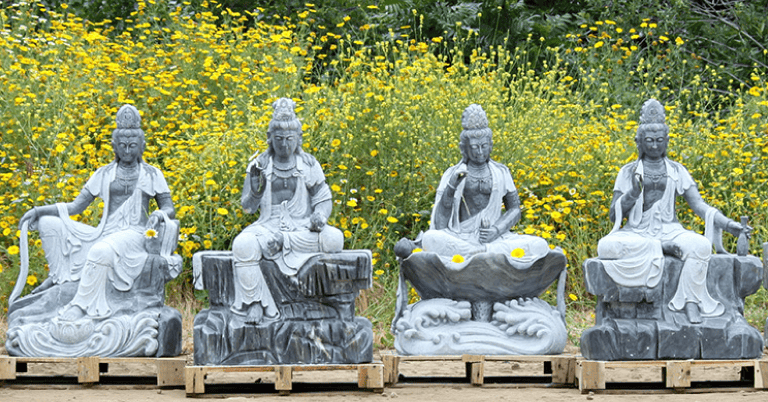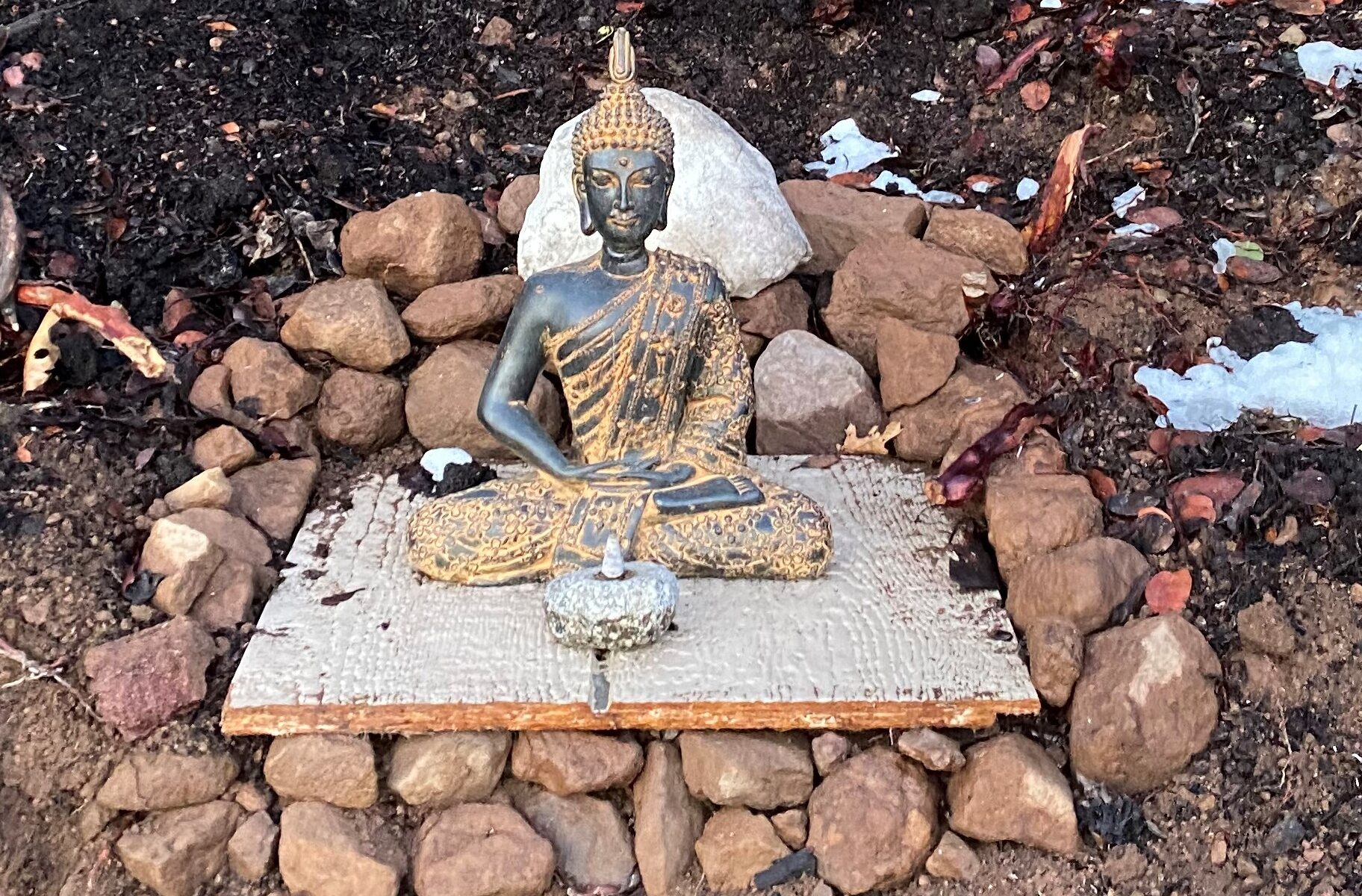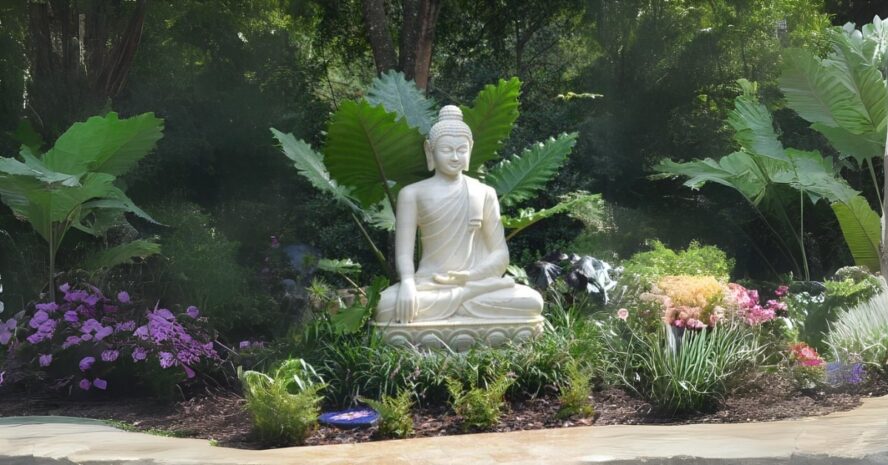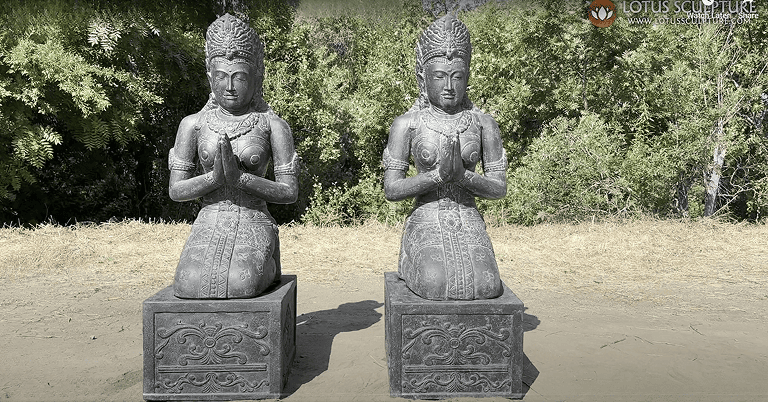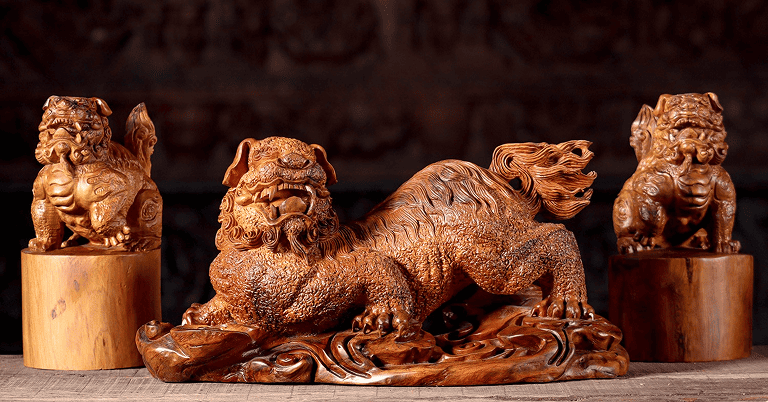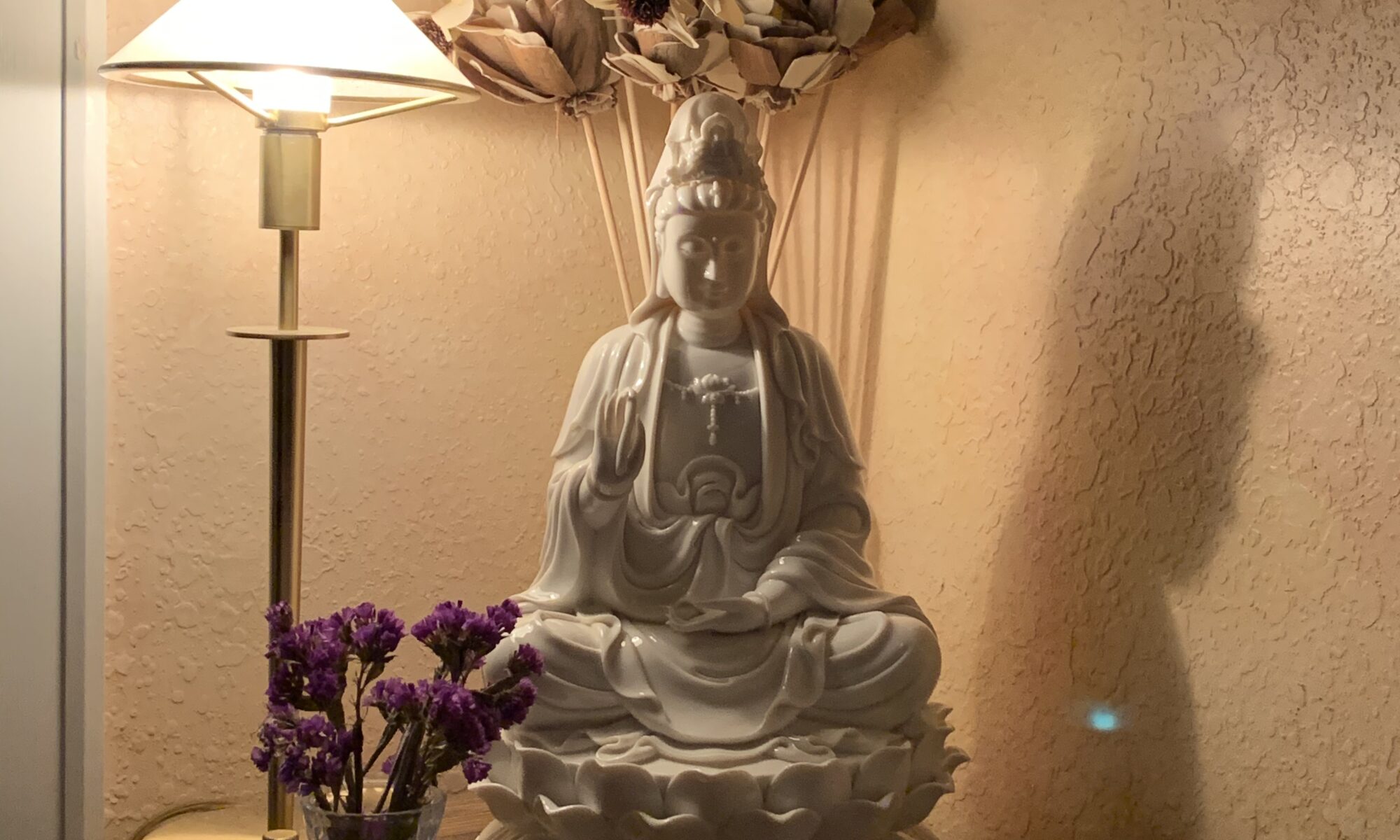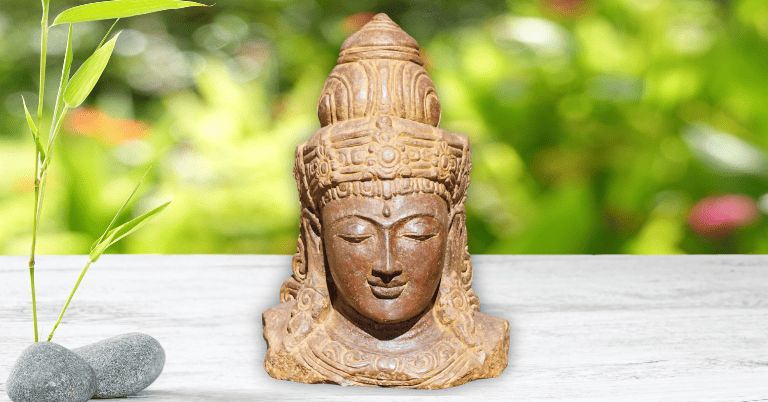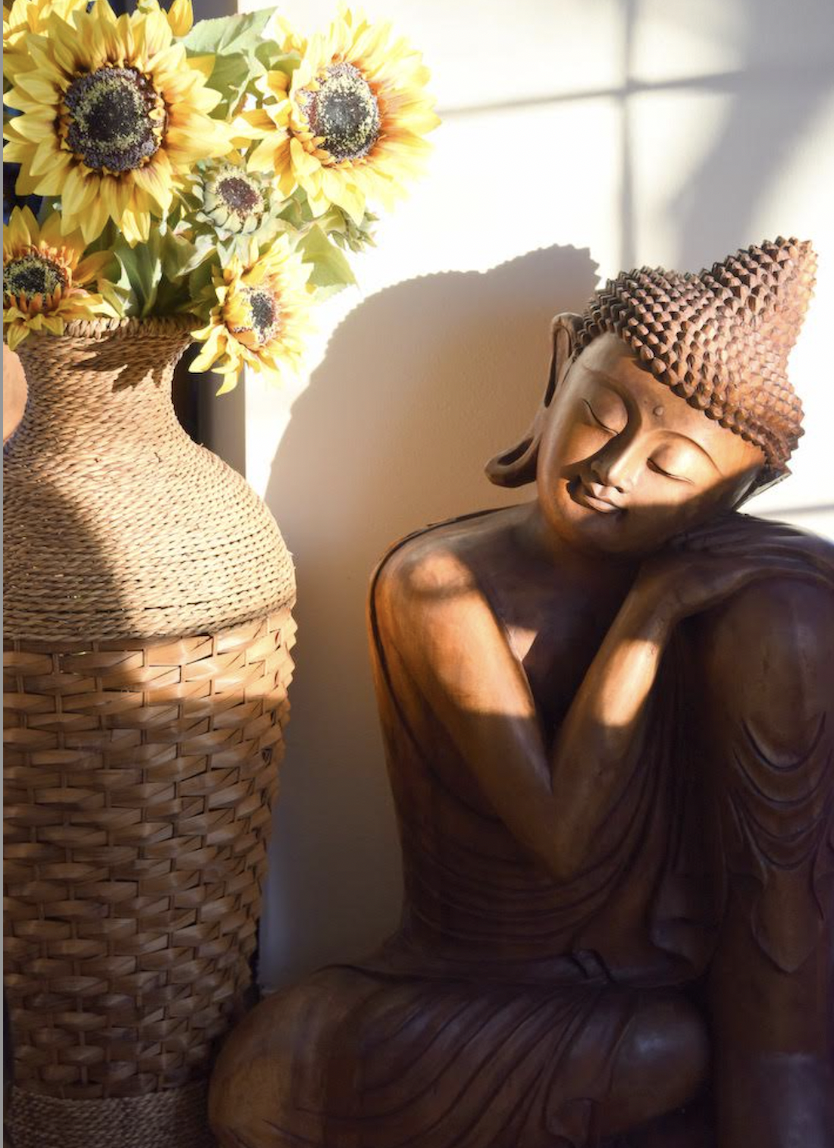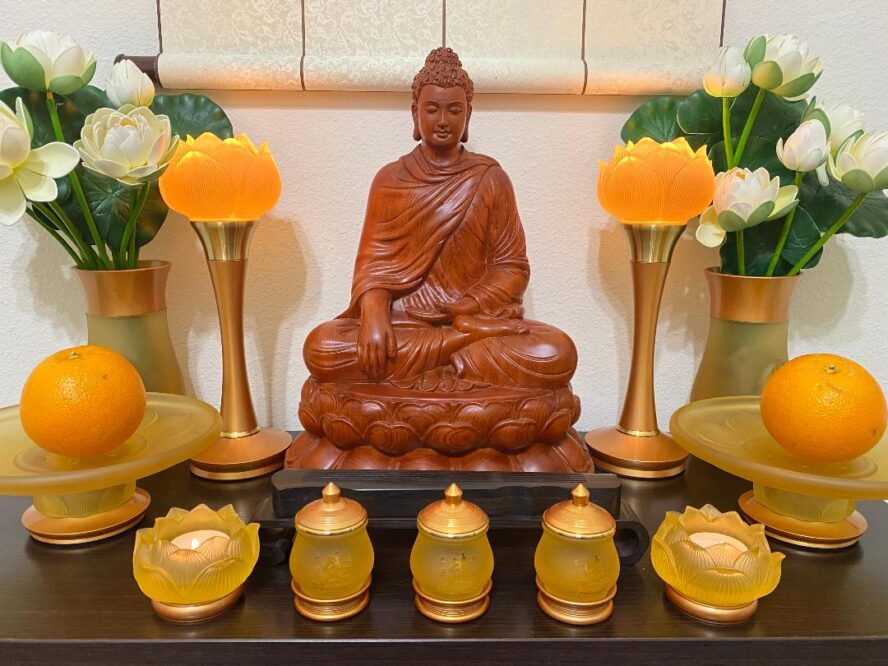The Bodhisattva of Compassion, more commonly known as Avalokiteshvara, is one of the most honored characters in Mahayana Buddhism. He is seen as the embodiment of someone who gives out endless kindness and gives never-ending love to people. Therefore, helping people attain enlightenment and relieving their suffering. His name can be loosely translated as “The Lord Who Looks Down with Compassion,”. His name further represents his continued focus on helping those suffering. In this blog, we will be looking at how Avalokiteshvara is perceived in different cultures and what his origins and teachings are.
Origins and Buddhist Teachings
The origin of Avalokiteshvara is closely related to Buddhist philosophies. According to most beliefs, he swore to remain in the cycle of birth and death until and unless all human beings are freed from their suffering. Because of his immeasurable compassion, he hears the cries of the world and answers them with compassion and wisdom. He is also normally shown with multiple arms and heads. These arms and heads then tend to symbolize his capacity to touch many beings simultaneously. The Dalai Lamas are also believed to be the incarnations of Avalokiteshvara. Plus, he is also referred to as Chenrezig in Tibetan Buddhism and is linked with Guanyin in China. Guanyin is essentially the female incarnation of mercy.

Different Forms of Avalokiteshvara
Various traditions and civilizations tend to generally depict Avalokiteshvara differently. One of the most well-known is Padmapani. In this incarnation, he represents enlightenment and purity by carrying a lotus flower. On the contrary, in his Sahasrabhuja incarnation, he is depicted with a thousand arms. Thus represents his boundless capacity to save millions of beings simultaneously. Furthermore, he represents his capacity to feel pain throughout the world in his eleven-headed Ekadasamukha incarnation. Lastly, Cundi Avalokiteshvara represents knowledge and the capacity to grant desires. Avalokiteshvara is one of the most versatile gods in Buddhism. Therefore, it represents many things and qualities like kindness, defense, and guidance.
The Power of the Avalokiteshvara Mantra
Avalokiteshvara is linked to one of the most well-known Buddhist mantras: “Om Mani Padme Hum.” Peace, compassion, and enlightenment are said to be brought about by this mantra. It is believed that reciting it can develop a compassionate heart and cleanse bad karma. This mantra is chanted every day by many Buddhists as a kind of devotion and meditation.

Symbolism in Avalokiteshvara’s Iconography
The symbolism of Avalokiteshvara Statue is very rich in significance. His many arms represent his ability to help multiple beings simultaneously. The lotus bloom that he is holding tends to represent purity and enlightenment. He is also commonly spotted with a mala, which is a string of beads that is used for chanting and meditation. A third eye on his forehead stands for wisdom and understanding. In other depictions, a deer skin draped over his shoulder symbolizes his kind and non-violent nature. These emblems tend to highlight his role as the savior and guardian of all sentient beings.
Avalokiteshvara in Various Cultural Contexts
In Tibetan Buddhism, Avalokiteshvara Statue is a highly revered figure who is seen to be humanized by the Dalai Lama. He is revered in many Tibetan prayers and rituals. Thereby emphasizing his role as the guardian of the general population. In China, Avalokiteshvara was transformed into Guanyin, the Goddess of Mercy. She is often seen in a flowing white robe blessing followers. Her fame extends beyond Buddhism, and she is also highly regarded in Taoist traditions. In Japan, Avalokiteshvara is called Kannon. Statues of Kannon, who is adored by many for her blessings, protection, and healing, are commonly found in temples.

Spiritual Benefits of Devotion
Avalokiteshvara devotion has various spiritual advantages. His disciples experience inner serenity as a result of his teachings, which foster love and patience. People often believe he will protect them from pain, many turn to him for counsel during trying times. Following his example inspires practitioners to live compassionate lives by promoting generosity and kindness. As a means of meditation and inspiration, many people keep Boddhisattva statues of Avalokiteshvara in their homes and places of worship.
Bring Avalokiteshvara’s Compassion into Your Home
Avalokiteshvara’s benevolent aura can be brought into your house with a variety of handcrafted statues from Lotus Sculpture. Avalokiteshvara in a variety of shapes is created by expert artisans from stone, wood, and bronze and is part of our special collection. Every piece embodies the spirit of Buddhist devotion and is an artistic creation. To locate the ideal Avalokiteshvara statue for your spiritual path, check out the Lotus Sculpture website right now and bring the insight and kindness of Avalokiteshvara into your day-to-day activities.
A Classic Source of Motivation
Millions of people worldwide are still inspired by Avalokiteshvara’s presence. His lessons of compassion and love are timeless, whether they are learned by devotion, meditation, or mantra chanting. I hope his unending kindness leads you to enlightenment!

